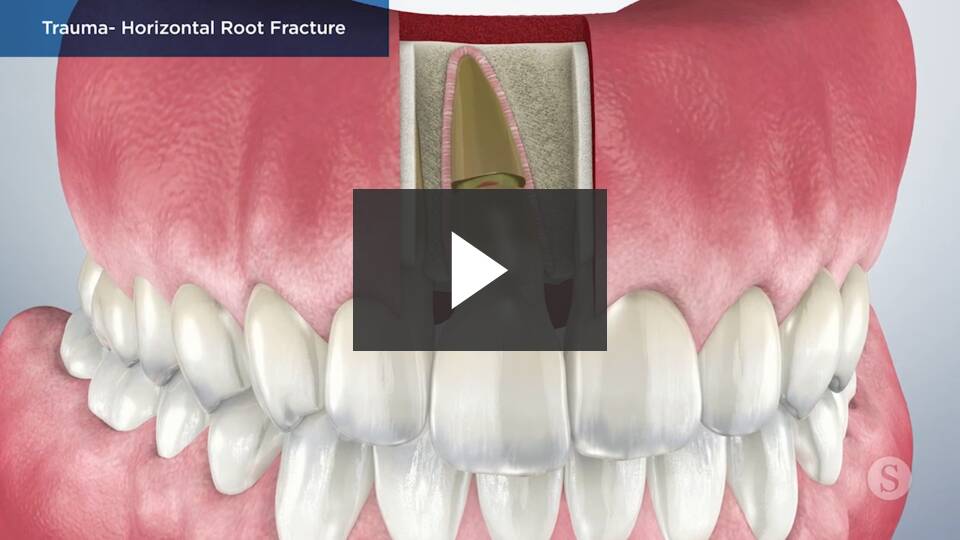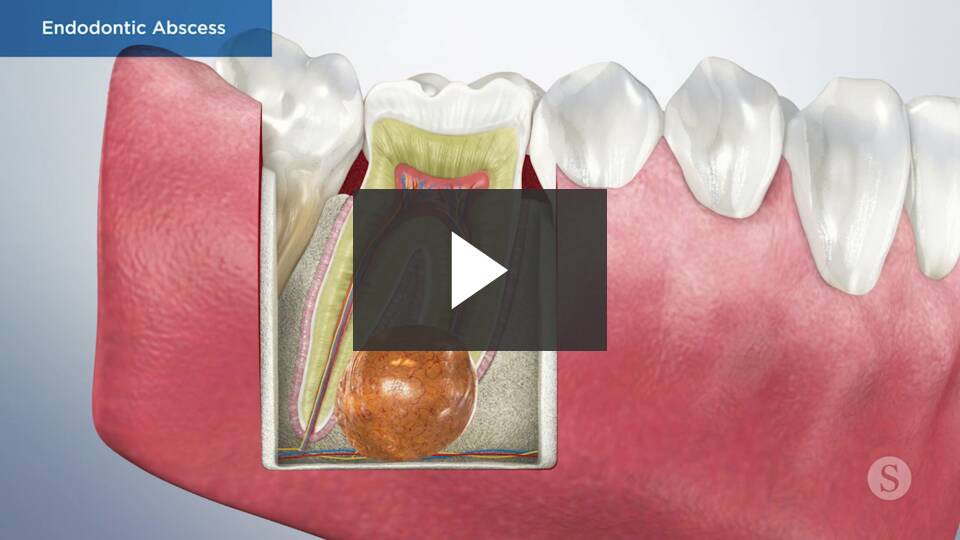Dental emergencies come in many forms. Some dental emergencies are more urgent than others. Therefore, the timeliness of your actions after a dental injury will have a bearing on the final outcome. To explain, a dental emergency can occur to the gums, soft tissue in your mouth, jaw, as well as your teeth.
Tooth Knocked Out
A tooth can get knocked out when impacted by force while playing sports or when falling. Dentists consider a knocked out tooth a situation that requires urgent dental care.
If your tooth is knocked out or you have lost your tooth, it is vital you follow each of these steps to increase your chances of saving the tooth.
Generally, your chances to save the natural tooth decrease after 30-60 minutes. Here are some tip if your tooth has come out of the socket, and you can locate your tooth:
- Stay calm.
- Contact your dentist.
- Hold the tooth by the crown only, which is the part used to chew food.
- Just rinse the tooth in water. Do not rub or agitate the tooth, and do not use soap or chemicals. Do not wash any tissue still on the root of the tooth.
- The best way to preserve the tooth is to hold it in the socket that it came from. If this is not possible, then place the tooth in a container of milk or your saliva.
- Rinse your mouth with warm water.
- Apply a cold compress to your face in the area of the injury.
What if my tooth cannot be saved?
Thanks to advancements in dentistry, you’re in luck. The best option to replace a missing tooth is with a dental implant. The dental implant is the only replacement option that will act the same as your natural teeth. A dental implant will keep you healthy and looking great. Although, saving your natural tooth is still best and more cost effective than the cost of a dental implant.
Broken, Chipped or Cracked Tooth
Your natural tooth can crack while eating if you bite into a hard piece of food, hard candy or chewing ice. Typically, a tooth with a small chip can be fixed with a tooth filling. Also, a larger piece of a broken tooth may be restored with a dental crown. Mostly, your tooth can be repaired to look as it did before the incident.
If you have a tooth filling or crown, you may have experienced dental pain. Larger tooth fillings can have been known to weaken the tooth. Eventually, a weakened tooth will develop cracks and require extraction and a replacement tooth.
Keep in mind, the existence of a dental restoration does not indicate a person had a dental emergency. Quite possibly, their dentist discovered the problem during a regular exam and cleaning. Attending your dental appointments two times per year increases the chances of your dentist finding the problem before it turns into an emergency.
Dental Trauma – Horizontal Root Fracture
This video provides an overview of what constitutes a horizontal root fracture, potential symptoms to look out for, and the importance of consulting your doctor properly diagnose and treat it.
The Trauma of a Chipped Tooth
This video provides an overview of what constitutes a chipped tooth, the steps your doctor will take to rule out potential additional injury, and the importance of seeking treatment to restore the tooth’s appearance and function.
Toothache Pain
Pain in your tooth, gums or surrounding tissue can be miserable. Toothaches can occur for several reasons including trauma to the mouth. Sometimes, a toothache will occur that you cannot pinpoint or easily attribute to a trauma event.
Tooth pain can occur when consuming cold food or drink. Similarly, you can experience the same uncomfortable feeling while drinking or eating something hot. Signs and symptoms such as these may indicate tooth decay, exposed tooth dentin, worn tooth enamel from grinding teeth, cracked filling and more. Often, the issue causing the pain or sensitivity has existed prior to feeling the pain. Indeed, you should contact your dentist to eliminate the dental pain symptoms.
Tooth Abscess
Tooth or gum abscess can develop from trauma to the mouth that was not treated by your dentist. A pocket of pus that develops at the root of the tooth is known as a tooth or gum abscess, which can drain pus into your mouth. As a result, you may have a foul taste in your mouth.
Signs and symptoms that you have a tooth or gum abscess can include a consistent throbbing toothache, fever, foul smelling breath, swelling of the gums, jaw, or face. The bacterial infection will not heal by itself. If left untreated, the infection can spread to other areas of the head and neck.
You can experience these symptoms without experiencing dental trauma. In this case, you may have tooth decay that has penetrated the inner pulp of your tooth.
Tooth Abscess
This video provides an overview of how an endodontic abscess forms and progresses, complications that can arise from it, and the importance of consulting with your doctor to properly diagnose and treat it.
When To Contact Your Dentist
As the saying goes, “You would rather be safe than sorry.” Contact your dentist to put your mind at ease. Keep in mind, some situations require an immediate call to your dentist, and possibly a direct visit. Hopefully, your dentist has experience in treating many emergency situations.
- Swelling around the mouth or facial area
- Mouth was impacted, and you are experiencing pain in any part of the mouth
- Knots or swelling in your gums
- You are bleeding from the mouth
- Loose tooth
- You are in a severe amount of pain that doesn’t dissipate even after taking a pain reliever
Our highly trained dentists at Cascade Dental in Vancouver, WA treat various dental emergencies with compassion and care. Call our dental office at 360-309-0683 to receive immediate help.
If you are experiencing a life-threatening emergency call 9-1-1.





